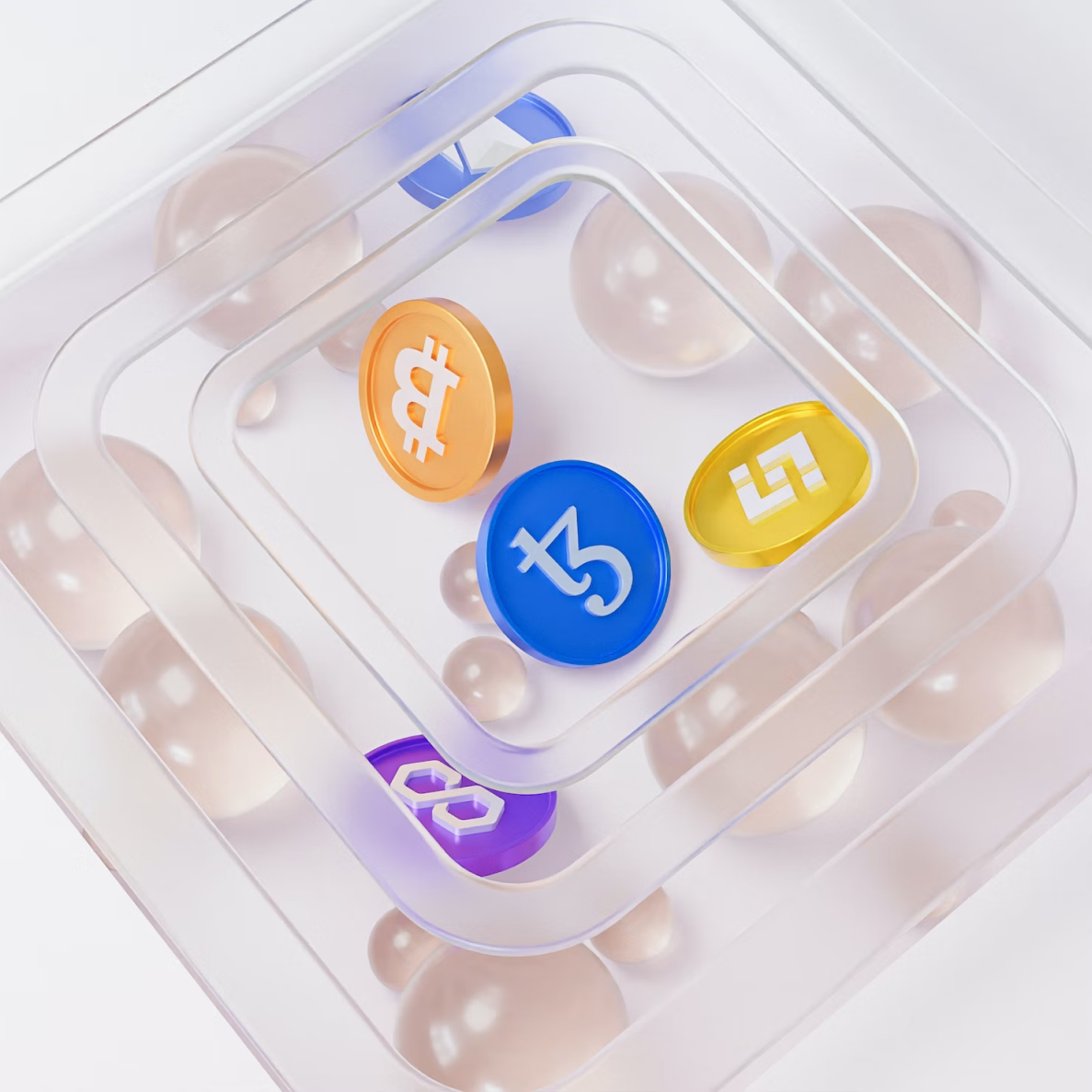Metamask Wallet Users Can Now Cash Out Crypto to Fiat

The popular Ethereum wallet Metamask has introduced a new feature allowing users to convert crypto to major fiat currencies. The “Sell” option currently supports cashing out ether (ETH) and is available to users in the U.S., the United Kingdom, and some European markets.
New Feature of Metamask Wallet Allows Users to Sell Ether for Fiat
Metamask, a widely used Ethereum wallet, has offered ETH holders an easy way to cash out their cryptocurrency to fiat money. At the moment, the “Sell” feature is available in the U.S. — where certain state restrictions apply — the U.K., and parts of Europe, but the intention is to add more regions, the wallet’s team said on Tuesday.
Users can currently cash out to U.S. dollars (USD), British pounds (GBP), and euros (EUR). They can have the fiat amount sent to a bank account or a Paypal balance where these fiat account destinations are available, depending on location. “We’re initially supporting ETH on Ethereum Mainnet, with plans to expand to native gas tokens on layer 2 networks soon,” the announcement also noted.
To sell crypto, users need to connect a Metamask wallet to the Metamask Portfolio decentralized application (dapp). After clicking the “Sell” tab, there is a prompt to select the user’s region and the token they want to sell as well as a fiat account destination available depending on location. The user then enters the crypto amount for conversion.
They will also be presented with real-time quotes from providers that Metamask works with, redirected to the website of a provider of choice in order to sign up and link their fiat account, and then directed back to the Metamask Portfolio platform. There users need to send the ETH to the selected provider and confirm the transaction in their Metamask wallet.
To buy and sell cryptocurrency, users of the Metamask wallet will need to sign up and link their bank account only once with a vetted provider. The service promises to enable them to “have a self-sufficient web3 experience with fewer intermediaries.”
Consensys, the crypto company behind Metamask, has been working to expand the wallet’s features. In October 2022, it added bank-to-crypto transfers through the automated clearing house (ACH) settlement merchant Sardine, that facilitates instant crypto purchases with no settlement delays and orders completing within minutes.
What do you think about Metamask’s new feature allowing crypto-to-fiat conversion? Tell us in the comments section below.
Metamask Wallet Users Can Now Cash Out Crypto to Fiat

The popular Ethereum wallet Metamask has introduced a new feature allowing users to convert crypto to major fiat currencies. The “Sell” option currently supports cashing out ether (ETH) and is available to users in the U.S., the United Kingdom, and some European markets.
New Feature of Metamask Wallet Allows Users to Sell Ether for Fiat
Metamask, a widely used Ethereum wallet, has offered ETH holders an easy way to cash out their cryptocurrency to fiat money. At the moment, the “Sell” feature is available in the U.S. — where certain state restrictions apply — the U.K., and parts of Europe, but the intention is to add more regions, the wallet’s team said on Tuesday.
Users can currently cash out to U.S. dollars (USD), British pounds (GBP), and euros (EUR). They can have the fiat amount sent to a bank account or a Paypal balance where these fiat account destinations are available, depending on location. “We’re initially supporting ETH on Ethereum Mainnet, with plans to expand to native gas tokens on layer 2 networks soon,” the announcement also noted.
To sell crypto, users need to connect a Metamask wallet to the Metamask Portfolio decentralized application (dapp). After clicking the “Sell” tab, there is a prompt to select the user’s region and the token they want to sell as well as a fiat account destination available depending on location. The user then enters the crypto amount for conversion.
They will also be presented with real-time quotes from providers that Metamask works with, redirected to the website of a provider of choice in order to sign up and link their fiat account, and then directed back to the Metamask Portfolio platform. There users need to send the ETH to the selected provider and confirm the transaction in their Metamask wallet.
To buy and sell cryptocurrency, users of the Metamask wallet will need to sign up and link their bank account only once with a vetted provider. The service promises to enable them to “have a self-sufficient web3 experience with fewer intermediaries.”
Consensys, the crypto company behind Metamask, has been working to expand the wallet’s features. In October 2022, it added bank-to-crypto transfers through the automated clearing house (ACH) settlement merchant Sardine, that facilitates instant crypto purchases with no settlement delays and orders completing within minutes.
What do you think about Metamask’s new feature allowing crypto-to-fiat conversion? Tell us in the comments section below.

